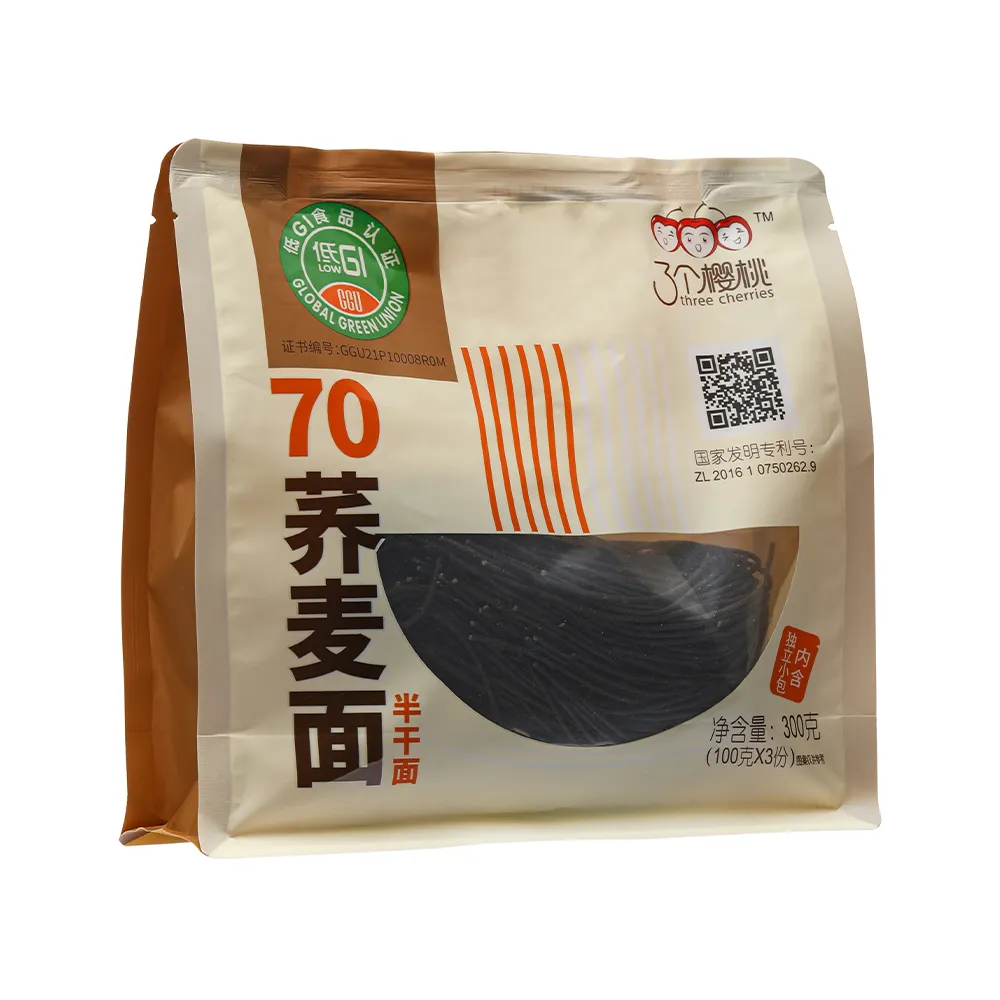instant noodles process
The Instant Noodle Process From Factory to Table
Instant noodles, a staple in many households around the world, owe their popularity to their convenience, affordability, and variety. But how do these beloved noodles make their journey from raw ingredients to the delicious dish that so many enjoy? In this article, we delve into the intricate process of instant noodle production, revealing the stages that transform simple ingredients into a quick, satisfying meal.
Raw Ingredients
The journey of instant noodles begins with the selection of raw ingredients. The primary components include wheat flour, water, salt, and sometimes egg or other additives for flavor and nutritional value. The quality of these ingredients plays a key role in the final flavor and texture of the noodles. Manufacturers often source high-protein wheat to ensure elasticity and strength in the noodles, which is crucial for achieving that perfect chewy texture.
Mixing and Kneading
Once the raw ingredients are gathered, they are mixed together to form a dough. The process begins by measuring precise quantities of wheat flour, water, and salt. Industrial mixers are used to ensure that the ingredients are evenly combined. The dough is then kneaded to develop gluten, which provides the noodles with their characteristic firmness. This kneading process can take several minutes and is carefully monitored to achieve the desired consistency.
Rolling and Cutting
After kneading, the dough is rolled out into thin sheets. This is done using large, continuous rollers in a high-speed production line. The thickness of the dough sheets is crucial, as it affects the cooking time and texture of the final product. Once rolled, the sheets are cut into noodle strands of desired lengths. This cutting process can vary; some manufacturers use specific shapes or widths to create different styles of noodles—such as thin vermicelli or thicker udon.
Cooking and Dehydration
instant noodles process

Next comes the cooking process. The cut noodles are quickly blanched in boiling water for a short period, typically just a few minutes. This cooking step partially cooks the noodles, making them soft and pliable. After blanching, the noodles are drained and cooled before proceeding to dehydration. This is a critical step, as it extends the shelf life of the product. The most common methods for dehydration are frying or steaming.
Frying or Steaming
Frying involves submerging the noodles in hot oil, which not only cooks them further but also adds flavor and improves texture. The frying process creates a crunchy exterior, resulting in a product that is crispy when purchased. Alternatively, steaming is a healthier method that can also be used, which retains more of the noodles' original flavor without the addition of excess oil. Each method has its loyal consumer base, depending on regional preferences and health considerations.
Packing
After dehydration, the noodles are cooled and then packaged. Packaging is a vital aspect of the production process, as it protects the noodles from moisture and contamination, ensuring they reach consumers in optimal condition. Instant noodles are usually packaged with flavoring sachets that include seasoning powders, oils, and dried vegetables. Automated packaging machines efficiently seal the products in airtight containers or bags, showcasing vibrant labels that appeal to consumers.
Quality Control
Quality control is an essential component at every stage of the instant noodle production process. Manufacturers conduct tests to ensure that the noodles meet specific standards for texture, flavor, and safety. Regular inspections and batch testing help maintain consistency and prevent contamination, ensuring that every packet of instant noodles is safe and delicious.
Conclusion
From humble ingredients to a global phenomenon, the process of creating instant noodles is a fascinating blend of art and science. Each stage, from mixing and kneading to cooking and packaging, is carefully designed to deliver a product that meets the demands of modern lifestyles. Whether enjoyed as a quick meal at home or a snack on the go, instant noodles continue to be a beloved choice for millions, highlighting the ingenuity of food production processes in our fast-paced world.
-
Unleash Your Inner Chef with Delectable Italian Pasta CreationsNewsAug.01,2025
-
Savor Health and Flavor: Irresistible Soba Noodles for Sale Await!NewsAug.01,2025
-
Nourish Your Body with Premium Organic Ramen - A Culinary Delight AwaitsNewsAug.01,2025
-
Elevate Your Dishes with Our Exquisite Kinds of Egg NoodlesNewsAug.01,2025
-
Dive into Flavorful Convenience with Our Ramen OfferingsNewsAug.01,2025
-
Discover Exquisite Types of Naengmyeon and Chilled Soba NoodlesNewsAug.01,2025
-
Is Whole Wheat Pasta Healthy?NewsMay.30,2025
Browse qua the following product new the we

















































































































